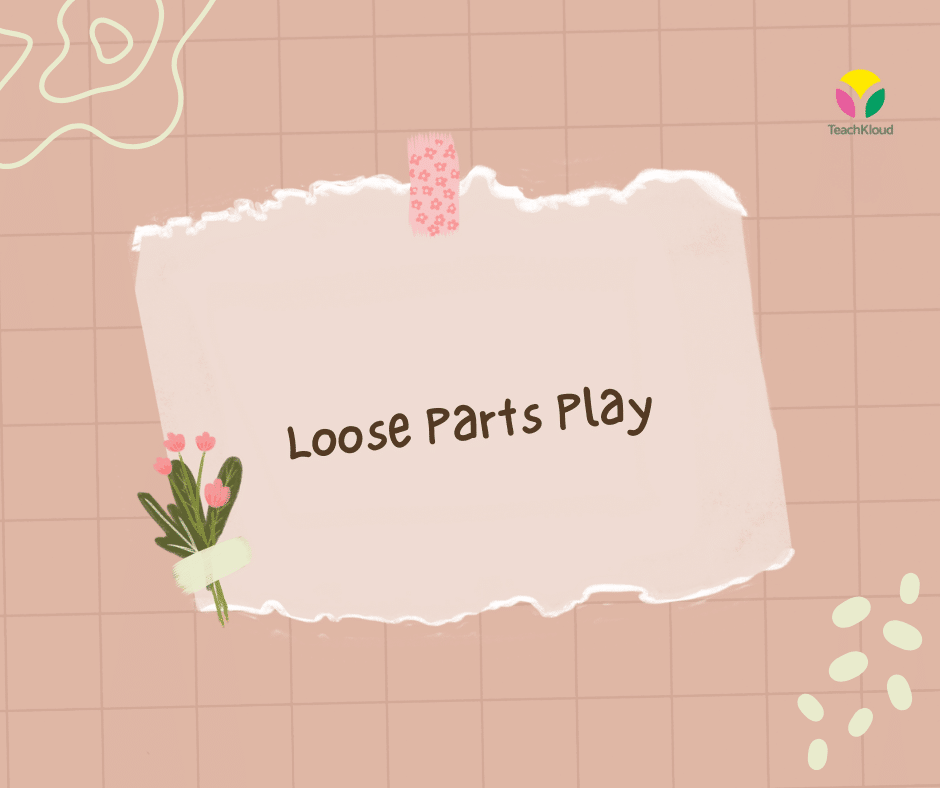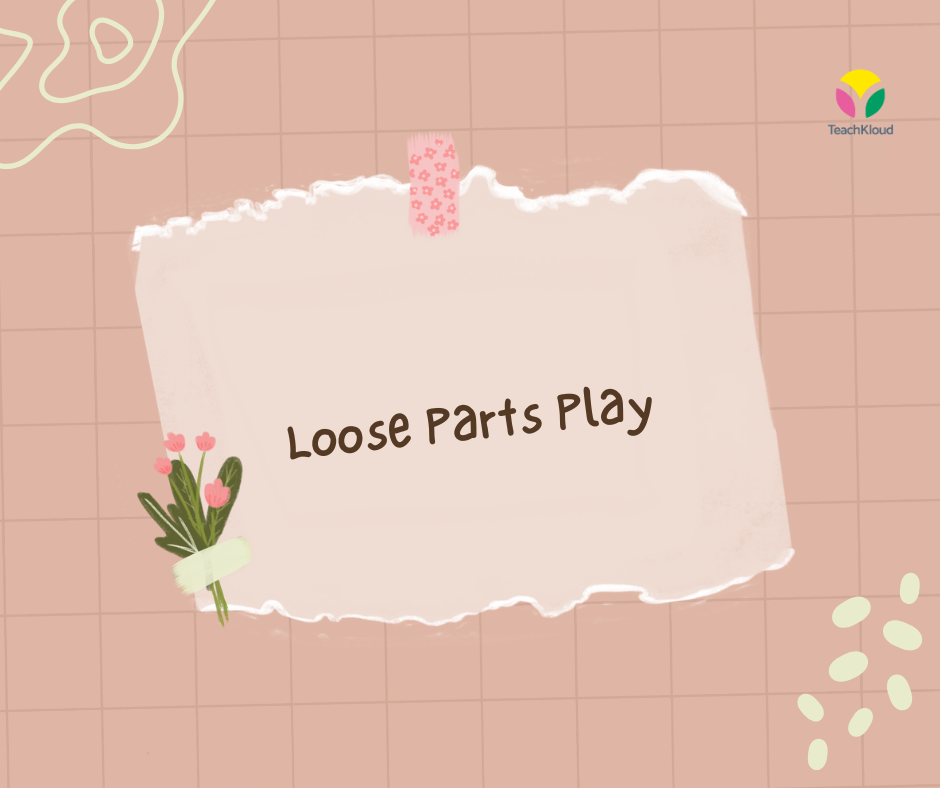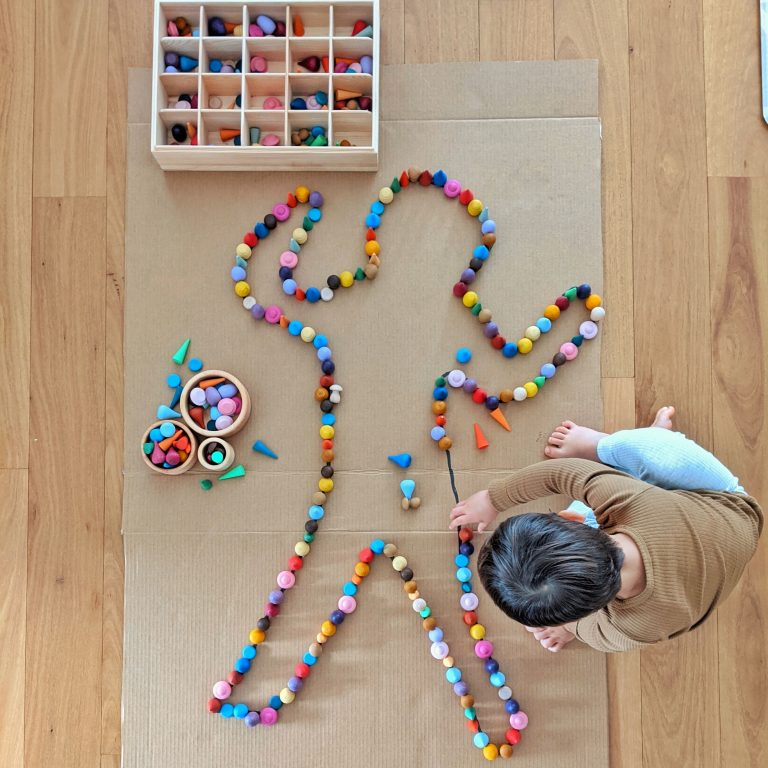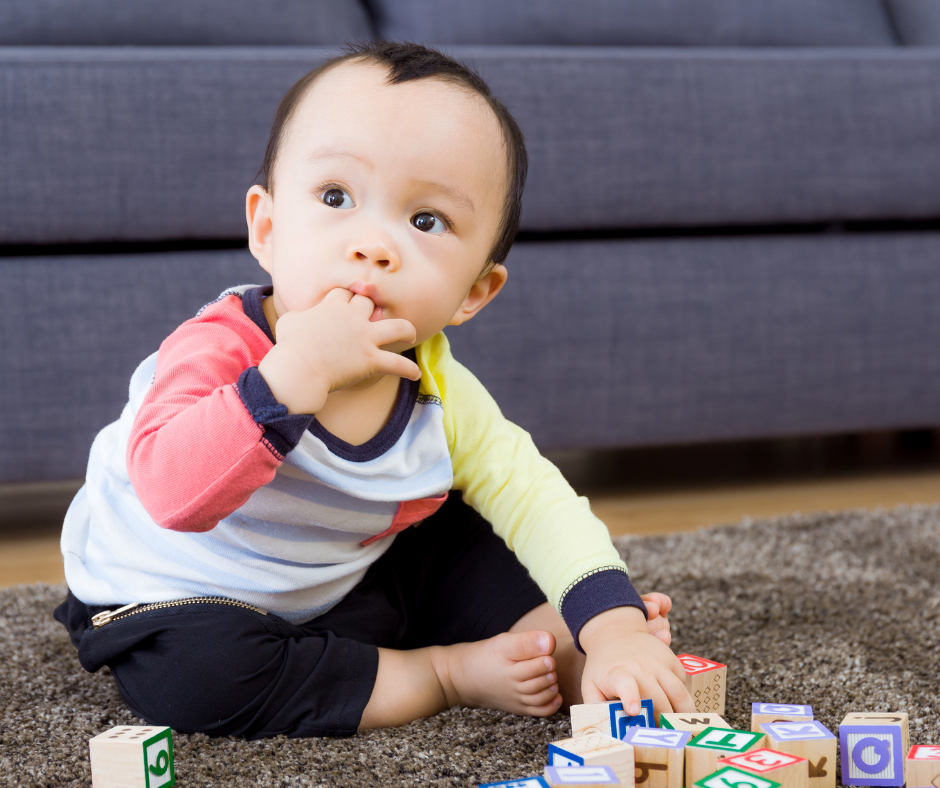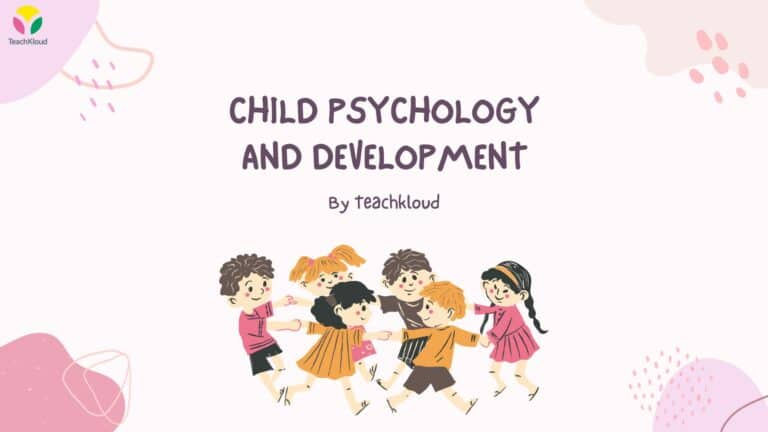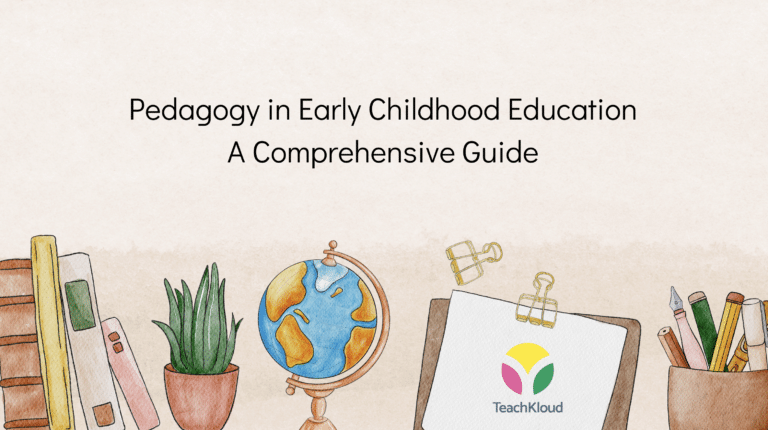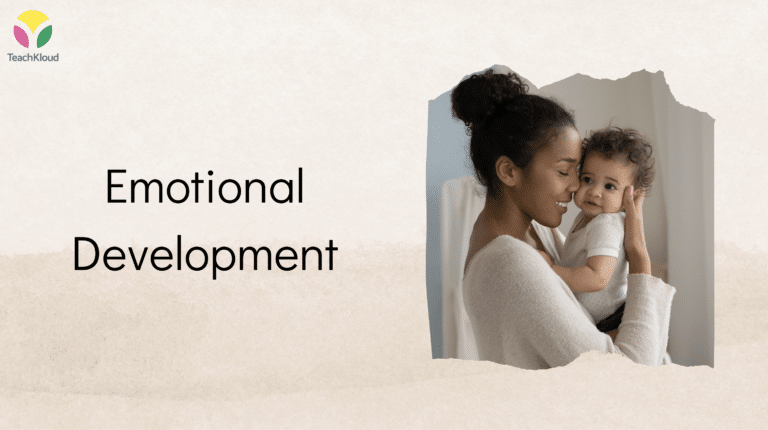Have you ever wondered how a simple collection of rocks, sticks, or buttons can spark a child’s imagination and creativity? Welcome to the world of loose parts play, a powerful tool that supports children’s cognitive, physical, social, and emotional development. In this blog post, we will delve into the concept of loose parts play, its benefits for children, and practical tips for implementing it in various settings.
Key Takeaways
- Loose Parts Play is a play-based learning approach that encourages creativity, exploration and engagement to encourage open-ended play.
- It supports cognitive, physical, social and emotional development of children, through hands on activities.
- Safety considerations, messy “management” (although we believe messy play is fantastic, not everyone will have the same space/resources to encourage messy play without some boundaries in place), balancing structure and freedom are key components to ensure an enjoyable experience for children during Loose Parts Play.
PS If you’d like to watch an engaging video series with an educator and preschool child on how you can incorporate loose parts play into any environment, watch it free here. There is an optional 2-certificate available for educators and allied professionals.
Understanding Loose Parts Play
Introducing loose parts play, this form of play-based learning encourages children to explore, experiment, and manipulate a wide range of natural or man-made materials. Our video series on loose parts play theory and practical loose parts play opportunities, is perfect for educators and allied professionals! First introduced by architect Simon Nicholson in 1972, the loose parts play theory suggests that providing children with small, open-ended materials can ignite their creativity and involvement in play.
The key principles of loose parts play include:
- Open-ended exploration
- Creativity
- Problem-solving
- Imagination
Embracing these principles empowers children to interact with their world, hone vital skills, and gain a broader understanding of their surroundings through their own learning.
Definition and Origin
Loose parts play is defined as a type of play that involves the use of materials that can be manipulated, transported, combined, reconfigured, arranged, taken apart and reassembled in various ways. The concept of loose parts play was first introduced by architect Simon Nicholson in his groundbreaking 1972 theory of loose parts, which emphasised the importance of open-ended exploration and play for children’s cognitive, social, emotional, creative, and physical development.
Nicholson’s theory was rooted in the belief that the most inventive environments contain a variety of loose parts that can be moved, redesigned, and tinkered with. Providing children with an assortment of small objects or loose parts enables them to express more creativity and engagement in play as they rearrange, redesign, and tinker with the parts, creating patterns, and constructing new objects.
Key Principles
The essential principles of loose parts play encompass:
- Open-ended investigation
- Creativity
- Problem-solving
- Imagination
Open-ended exploration allows children to interact with their environment in a creative and imaginative manner as children explore.
Creativity involves the capacity to generate novel and imaginative ideas, while problem-solving involves recognising and addressing issues inventively and systematically. Imagination, on the other hand, is the ability to conceive novel concepts and devise original creations.
Engaging in loose parts play, children play and strengthen these fundamental principles, contributing to their comprehensive development and learning outcomes.
The Benefits of Loose Parts Play for Children
Loose parts play offers a myriad of benefits for children, including:
- Cognitive development: fostering problem-solving, critical thinking, and creativity
- Physical development: development of fine and gross motor skills, coordination, balance, and physical activity
- Social and emotional development
Social and emotional benefits involve promoting social skills, emotional regulation, and self-confidence. Participation in loose parts play allows children to explore, experiment, and engage with their environment, fostering a wide range of developmental skills that will benefit them in various aspects of their lives.
Cognitive Development
Loose parts play can stimulate children’s cognitive development by fostering problem-solving, critical thinking, and creativity. For example, during loose parts play activities related to science, children can conduct floating and sinking experiments, stack blocks, explore shadows, and examine the properties of various materials. These activities encourage children to think critically, apply their knowledge, and come up with innovative solutions to problems.
In addition to science, loose parts play can also be integrated into math activities, where children can explore:
- Counting
- Sorting
- Patterning
- Measurement
Using a variety of materials. Engaging in these hands-on, experiential learning activities helps children develop critical thinking and mathematical understanding, preparing them for more complex concepts as they mature. See how you can do this with practical video learning opportunities explained and demonstrated with a preschool child and educator here.
Physical Development
Loose parts play not only benefits children’s cognitive development but also supports their physical growth. Engaging in activities that involve manipulating, transporting, and combining various materials can help children develop both fine and gross motor skills. Fine motor skills involve the use of small muscles in activities such as picking up and manipulating objects, while gross motor skills involve larger muscle movements for activities like crawling, walking, and jumping.
Through loose parts play, children can enhance their coordination, balance, and engage in physical play, promoting overall well-being and healthy development.
Social and Emotional Development
Loose parts play also plays a crucial role in fostering social and emotional development in children. As children interact with their peers during play, they learn valuable social skills such as cooperation, communication, and negotiation. They also develop emotional regulation and self-confidence as they navigate various social situations and collaborate with others.
Engaging in loose parts play, along with dramatic play, provides children with opportunities to practice these vital social and emotional skills, significantly influencing their success in school and later life.
Implementing Loose Parts Play: Materials and Sources
One of the greatest advantages of loose parts play is its versatility and accessibility. Materials for loose parts play can be found in various sources, including:
- Home items
- Natural elements
- Recycling centres
- Thrift stores
- Garage sales
- Local businesses
Exploring these resources allows parents and educators to provide children with a diverse range of materials that can ignite their curiosity, creativity, and engagement in play.
At Home and Outdoors
The image source above is from the Author Little Man Plays. Check out her blog post here, where she gives homeschooling loose parts and open-ended play with simple resources.
Sourcing materials for loose parts play can be as simple as looking around your home or exploring nature. Everyday objects such as ribbons, buttons, coins, straws, cutlery, pencils, cardboard boxes, and more can be transformed into engaging loose parts materials. In addition, natural elements like rocks, sticks, leaves, and shells can be collected during outdoor adventures and incorporated into play.
Using materials found at home or in nature, saves money but also allows children to connect with their environment and develop a sense of stewardship towards it. Repurposing everyday items and natural materials teaches children the importance of resourcefulness, creativity, and sustainability.
Recycling Centers and Thrift Stores
Recycling centres, thrift stores, and garage sales are treasure troves of materials for loose parts play. These venues offer a wealth of inexpensive and unique items that can spark children’s imagination and creativity. Some examples of materials for loose parts play include:
- Toilet paper tubes
- Bottle caps
- Fabric scraps
- Wood pieces
The possibilities for loose parts play materials are virtually endless.
Visiting these locations, allows you to find a variety of materials for play, while also contributing to a more sustainable and environmentally-friendly approach to gathering resources.
Local Businesses and Community Resources
Collaborating with local businesses and community resources can further expand the range of materials available for loose parts play. Many businesses are willing to donate scraps of wood, leftover fabric, or other items that can be repurposed for play.
Reaching out to local businesses and community organisations allows you to obtain additional materials, fostering a sense of community and collaboration. This approach not only benefits the children but also supports local businesses and promotes environmental sustainability.
Integrating Loose Parts Play into Learning Environments
Integrating loose parts play into the learning environment can be a rewarding and transformative experience for both children and educators. Providing opportunities for child-led exploration, offering teacher guidance, and establishing spaces for loose parts play can enrich and enhance learning environments.
Loose parts play can be effectively integrated into various subject areas, fostering cognitive, physical, social, and emotional development in children.
Child-Led Exploration
Allowing children to lead their own exploration during loose parts play is crucial for fostering creativity and problem-solving. Providing children with a variety of open-ended materials enables them to generate their own ideas and solutions, promoting independent learning.
Encouraging child-led exploration not only supports cognitive development but also instills a sense of autonomy, confidence, and curiosity in children.
Teacher Guidance and Facilitation
While providing opportunities for child-led exploration is important, the role of teachers in guiding and facilitating loose parts play experiences should not be overlooked. Teachers can effectively provide guidance and facilitation by:
- Serving as guides and facilitators
- Creating opportunities for play
- Observing and assessing
- Encouraging risk-taking
- Promoting ownership and autonomy
Striking a balance between child led play and teacher guidance ensures a well-rounded and engaging loose parts play experience for children.
Creating Spaces for Loose Parts Play
Setting up spaces that encourage loose parts play in learning environments is essential for promoting exploration, experimentation, and problem-solving. Providing a selection of open-ended materials and enabling convenient access and storage can help create an inviting and stimulating environment for loose parts play. Watch how this is easily done here.
Additionally, incorporating seasons and natural elements into play spaces can further enrich children’s experiences and foster a sense of connection to their environment.
Loose Parts Play Across the Curriculum
Loose parts play can be effectively integrated across various subject areas, making it a versatile and valuable tool for educators. It can be used in:
- Math and science
- Language and literacy
- Art
- Music
- Movement
By incorporating loose parts play, educators can engage children in creative and meaningful playful learning experiences, which is an excellent approach to play based learning. Watch how this is done here.
Math and Science
Loose parts play can be utilised to teach math and science concepts by providing materials that can be counted, sorted, and used for measurement. For example, children can explore shape and pattern recognition, counting, sorting, measurement and comparison, using a variety of loose parts materials. Through hands-on, experiential learning, children can develop critical thinking and mathematical understanding, preparing them for more complex concepts as they grow older.
In science, loose parts play can be employed to engage children in activities such as:
- conducting floating and sinking experiments
- stacking blocks
- exploring shadows
- examining the properties of various materials
These activities encourage children to think critically, apply their knowledge, and come up with innovative solutions to problems.
Language and Literacy
Loose parts play can also play a significant role in promoting language and literacy skills. By stimulating conversations and storytelling during play, children can engage in imaginative play while communicating with peers and adults, enhancing their language development and vocabulary skills.
Providing opportunities for children to create stories and poems using loose parts materials can further support the development of language and literacy skills, fostering creativity and self-expression.
Art, Music, and Movement
Incorporating loose parts play into art, music, and movement activities can provide children with a creative and open-ended learning experience. Through the use of various materials, children can explore different textures, shapes, and colours, and experiment with diverse artistic techniques.
In music and movement, loose parts can be used to explore different sounds, rhythms, and melodies, as well as various movement techniques. By engaging in these activities, children can enhance their creativity, imagination and problem-solving skills, while discovering new ways to express themselves through art, music, and movement.
Addressing Common Concerns and Challenges
While loose parts play offers numerous benefits for children, it is not without its challenges and concerns. Ensuring safety, organisation (where needed) and balancing structure and freedom, are all important aspects to consider when implementing loose parts play in learning environments.
Safety is paramount when it comes to loose parts play. It is important to ensure that all materials used are developmentally-appropriate and that children are supervised.
Safety Considerations
Ensuring safety during loose parts play is of utmost importance. Regularly inspect materials for visible soiling, broken pieces, and excessive wear. Avoid objects with sharp edges or small parts that can pose a choking hazard.
Supervision and guidance should be provided to children, to ensure they understand (dependent on age) the safe usage of the loose parts. You may reconsider using smaller loose parts with babies who may put objects in their mouth (choking hazard) and be sure to supervise very young children, at all times. Taking these precautions ensures a safe and enjoyable loose parts play experience for children.
Managing Mess and Organization
Managing mess and organissation may be important in some learning environments, to maintain a functional and inviting loose parts play environment. Designating specific areas for play and providing storage solutions for materials can help keep the environment organised and reduce clutter.
Fostering collaboration among children to tidy up after playtime is also important, as it encourages teamwork and emphasises the importance of maintaining their play space.
Balancing Structure and Freedom
Striking a balance between structure and freedom during loose parts play experiences is crucial for fostering creativity and problem-solving. Providing guidance and support as necessary, while also allowing children to explore and create freely, can help achieve this balance.
Carefully balancing structure and freedom, allows children to benefit from a well-rounded and engaging loose parts play experience. Here is another video series on creating open-ended learning opportunities, that include a variety of materials, including loose parts.
Summary
In conclusion, loose parts play is a powerful and versatile tool that can greatly enhance children’s cognitive, physical, social, and emotional development. By understanding the concept, sourcing materials from various sources, integrating loose parts play into learning environments and addressing common concerns and challenges, educators and parents can provide children with enriching and meaningful play experiences. As you embark on your loose parts play journey, remember that the key lies in striking a balance between structure and freedom, promoting exploration and creativity, and fostering a sense of wonder and curiosity in your child.
